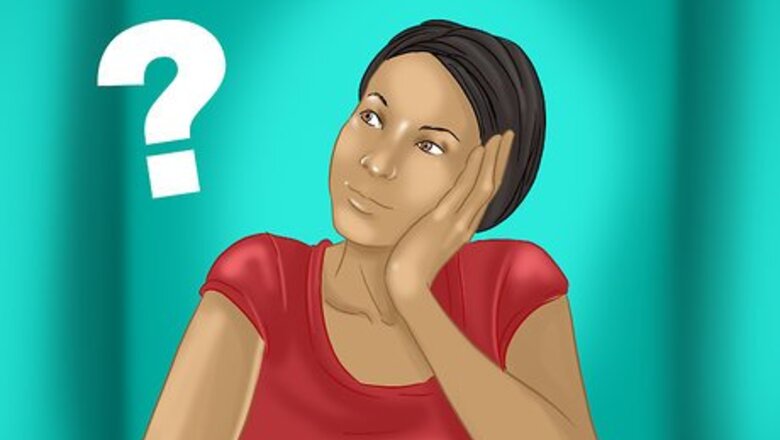
views
Bone Density Test
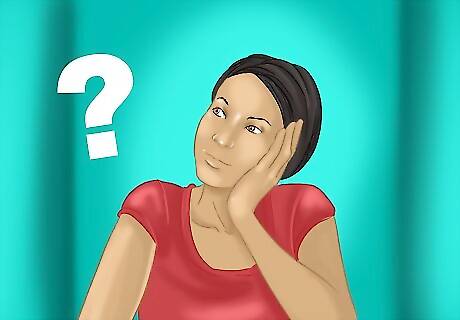
Understand the differences between peripheral and centralized bone scans. Besides cost and ease of screening, these tests also vary in accuracy. Some physicians will start with the peripheral test and only conduct the centralized test if the first screen indicates poor bone density. Peripheral machines are small and portable, and they check bone density on the periphery of your skeleton, such as finger bones or the heel. They are much cheaper but not always a good indicator of bone health in bones that are the most likely to break. Centralized bone scans involve a large X-ray machine with a movable arm that will scan different parts of your skeleton while you lie on a padded table. This machine tests bone density at your hip, lower back, and forearms to get a good measure of the strength of bones that are most likely to break in a slip or fall. Bone scans are radionucleotides injected into the vessel. They light up the part of the body that has increased blood flow and activity or cell turnover. For example, when one does a bone scan for a stress fracture, it will light up at the site of the fracture. It will also show the place of the fracture.
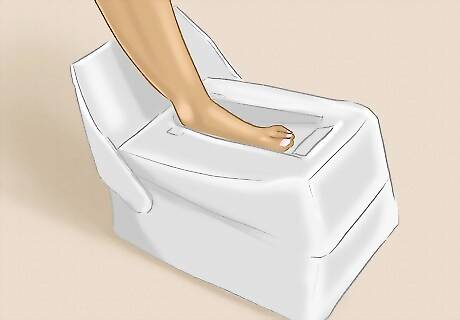
Know the purpose of a bone density test. Most individuals receive bone density scans to check for signs of osteoporosis. Bone density scans are often used to detect your individual risk of bone fracture and your personal chance of developing osteoporosis if you do not currently have the condition. Bone density scans can also be used to monitor the effectiveness of osteoporosis treatments.
Bone Density Test Results
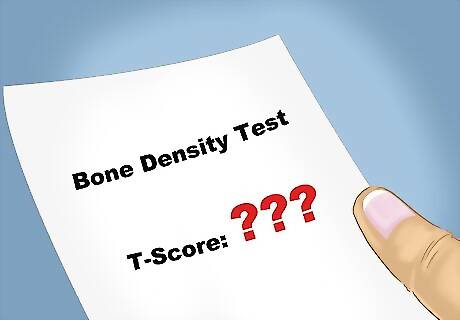
Evaluate your T-score. T-scores are typically reported in terms of standard deviations from the mean bone density score for young, healthy adults of your gender. The number indicates how close or how far your bone density measure is from the average. If your T-score is -1, 0, or a positive number, your bone density is considered normal and healthy. If your T-score is between -1 and -2.5, your score indicates that you may be at risk of osteoporosis. Your bone density is lower than average and you may have osteopenia, which can lead to osteoporosis. If your T-score is below -2.5, you likely have osteoporosis. Your bones are likely weak, brittle, and prone to breaks from falls or even from some regular activities.
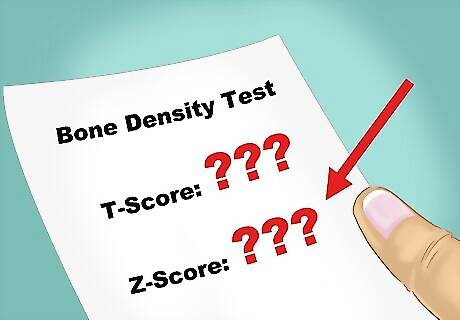
Evaluate your Z-score. This score gives a reading of your bone density in comparison with other individuals of your weight, sex, racial or ethnic background, and age. If your Z-score is -1, 0, or a positive number, your bone density is comparable to that of other people of your demographic characteristics. If your Z-score is -2 or below, your bone density is worse than average for people of your demographic characteristics. This result points to the possibility that there may be a cause of your bone loss other than aging; you may need additional testing and treatment to delay or prevent additional loss of bone density.
Discuss Bone Density with Health Professionals

Ask how to prevent bone density loss. Even if you have a normal or healthy bone density score, you may wish to discuss ways to protect and promote bone health through diet, exercise, and calcium supplements or multi-vitamins. Men and women ages 18 to 50 need an average of 1000mg of calcium and 1000 to 4000 IU of vitamin D each day. Women over 50 and men over 70 should up their calcium intake to 1200mg per day through supplements or a targeted diet. Get calcium from supplements or green leafy vegetables, low-fat dairy products, canned fish with bones, and fortified juices or cereals. Vitamin D is necessary for your body to absorb calcium; your daily needs can be met through sunshine and supplements or fortified foods such as dairy or orange juice.
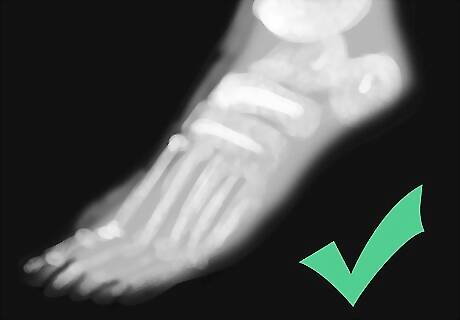
Discuss your bone health before it is necessary. If you have relatives with osteoporosis or who frequently experience bone fractures, or if you are otherwise at risk for bone density loss, it is important to discuss bone health with a professional while you are still healthy. Be sure to reach your recommended daily intake each day and participate in regular exercise to promote bone health. With early steps toward bone density maintenance, many individuals can prevent osteoporosis in old age.
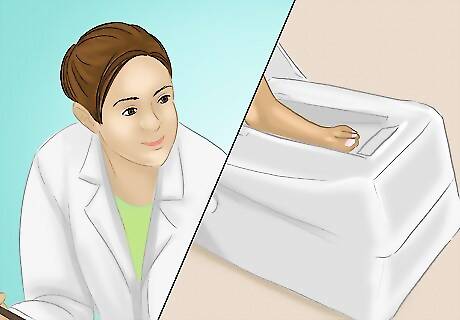
Ask whether further testing may be necessary. If your Z-score is very low or if you only received a peripheral screen that indicated bone density loss, discuss what type of further testing you may need. If you have very low bone density, your doctor may recommend tests for hyperparathyroidism or another bone scan to confirm osteoporosis. Hyperparathyroidism may result from too much calcium in the blood or a second condition causing a calcium deficit in your whole body. Depending on your dietary habits and other health information, your physician may check for vitamin or mineral deficiencies.












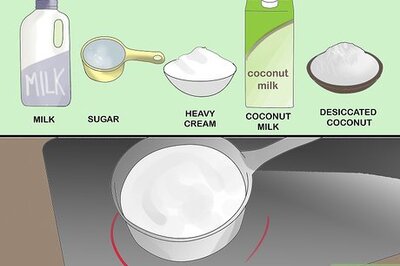
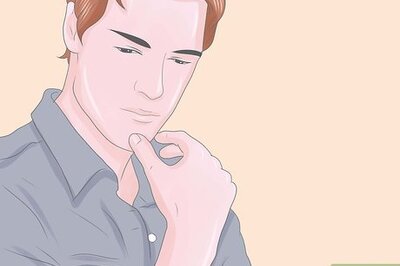


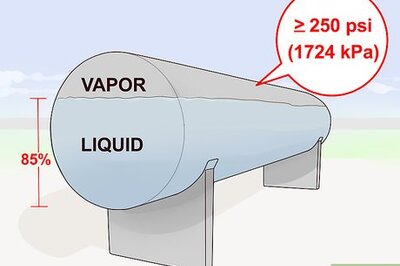
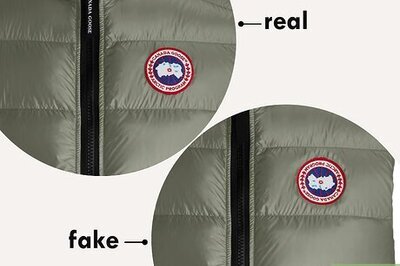


Comments
0 comment